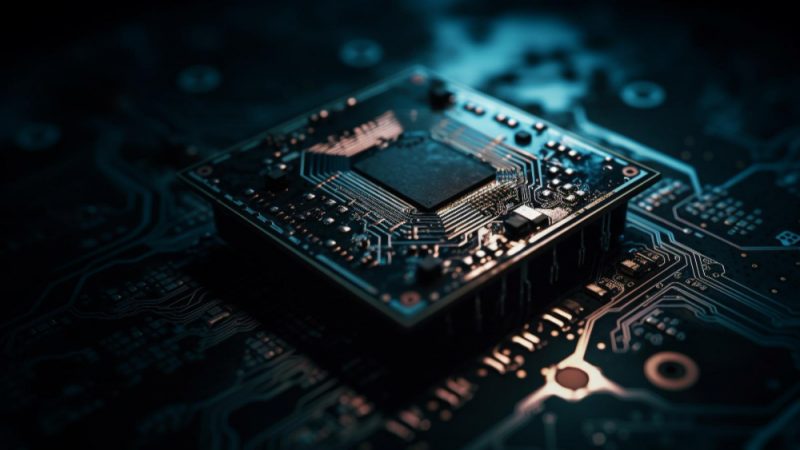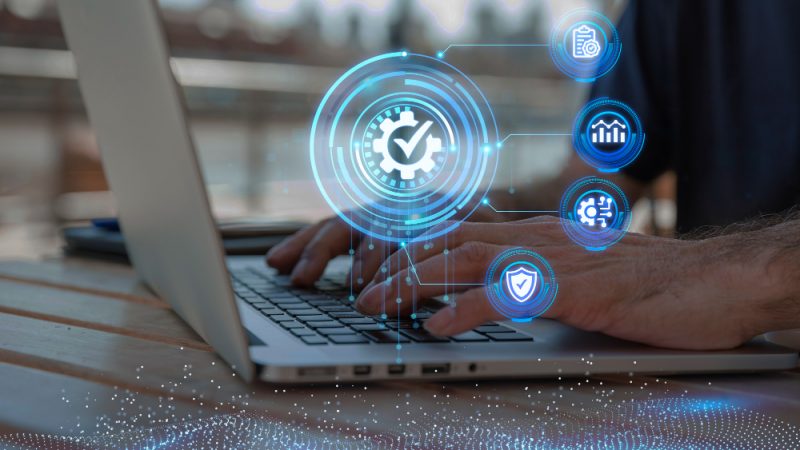Top Tech Upgrades That Improve Quality of Life—Which Ones Actually Matter?

In a world where our phones can book appointments and refrigerators remind us to buy milk, it’s easy to wonder whether technology is really helping or just cluttering our lives. But when chosen wisely, the right tech upgrades don’t just add convenience—they actively improve how we live, work, and feel. Whether you’re trying to build a healthier lifestyle, protect your privacy, or just want to experience a smoother connection at home, modern tools exist to make life more manageable and more meaningful.
So what’s actually worth investing in? Let’s talk about five tech upgrades that don’t just look good on your shelf—they genuinely make life better.
The Role of Data Protection
With more homes relying on connected devices—everything from speakers and thermostats to doorbells and baby monitors—it’s no longer a question of if you need to think about digital privacy, but how soon. When you’re adding Internet of Things devices to your home, understanding data protection becomes as important as setting up the gadgets themselves.
Connected devices often run on shared networks and may collect sensitive data. Without proper precautions, they can become open windows for cyber threats. That’s why solid data protection protocols are now a must-have for any smart household. Using encrypted networks, changing default passwords, and regularly updating firmware all play a role in keeping your information safe.
Better WiFi can Really Change How You Live
There’s no getting around it—most of what we do today requires a steady internet connection. From streaming video calls to running a smart home, your WiFi has a lot on its plate. And if you’ve ever had a signal drop in the middle of a deadline, a workout class, or your kid’s online lesson, you already know how frustrating that can be. Upgrading your home to include a wifi mesh system is crucial.
Unlike a single router setup these mesh systems create multiple access points throughout your space, offering stronger, more consistent coverage. That means you get fast, reliable internet in every room—and even outside if you want to take your laptop to the patio. It’s not just about streaming Netflix without buffering. It’s about working more efficiently, learning without interruptions, and letting every device in your house do its job without causing WiFi warfare.
Everyday Gadgets That Improve Your Routine
Tech for tech’s sake isn’t worth it. But the tools that blend into your life and make small things smoother? Those are the ones that earn their keep. Think about those smart alarm clocks that wake you gently with light instead of jarring sounds. Or voice assistants that can adjust your schedule while you’re brushing your teeth. Or fitness watches that nudge you when you’ve been sitting too long. These aren’t status symbols—they’re problem solvers.
Even kitchen gadgets have upped their game. Pressure cookers that connect to your phone, coffee machines that start brewing as you wake up, or even scales that measure nutritional info all make a case for smarter eating without much added effort. The best gadgets today don’t just add features—they reduce friction.
Technology is Changing Healthcare at Home
You don’t need to visit a doctor’s office to benefit from the advances in health tech. Today’s at-home health devices offer capabilities that would have been considered cutting edge in a hospital not long ago. Blood pressure monitors, heart rate sensors, and oxygen trackers can all sit on your nightstand. Some even share results with your doctor automatically, making it easier to manage chronic conditions from the comfort of your home.
Beyond the gadgets themselves, there are also full-service platforms that connect patients and professionals for telehealth visits, therapy sessions, and personalized coaching. For older adults, smart pill dispensers and emergency response systems allow for greater independence without compromising safety.
Tech can Improve Your Mental Health
When used intentionally, technology can support mental wellness instead of draining it. Apps that guide meditation, regulate breathing, or help with cognitive behavioral techniques have given millions of people new ways to manage stress. Digital journals, mood trackers, and mindfulness tools allow users to check in with themselves daily—and that’s something even old-school therapy sometimes struggles to enforce.
There’s also a growing space for peer support and virtual therapy. Whether you’re talking with a licensed therapist through video chat or participating in a moderated support group, the barriers to care are shrinking thanks to smart platforms. And for those who aren’t ready to talk, even something as simple as ambient noise apps, screen-time limits, or calming lighting features on your devices can make a real difference.






